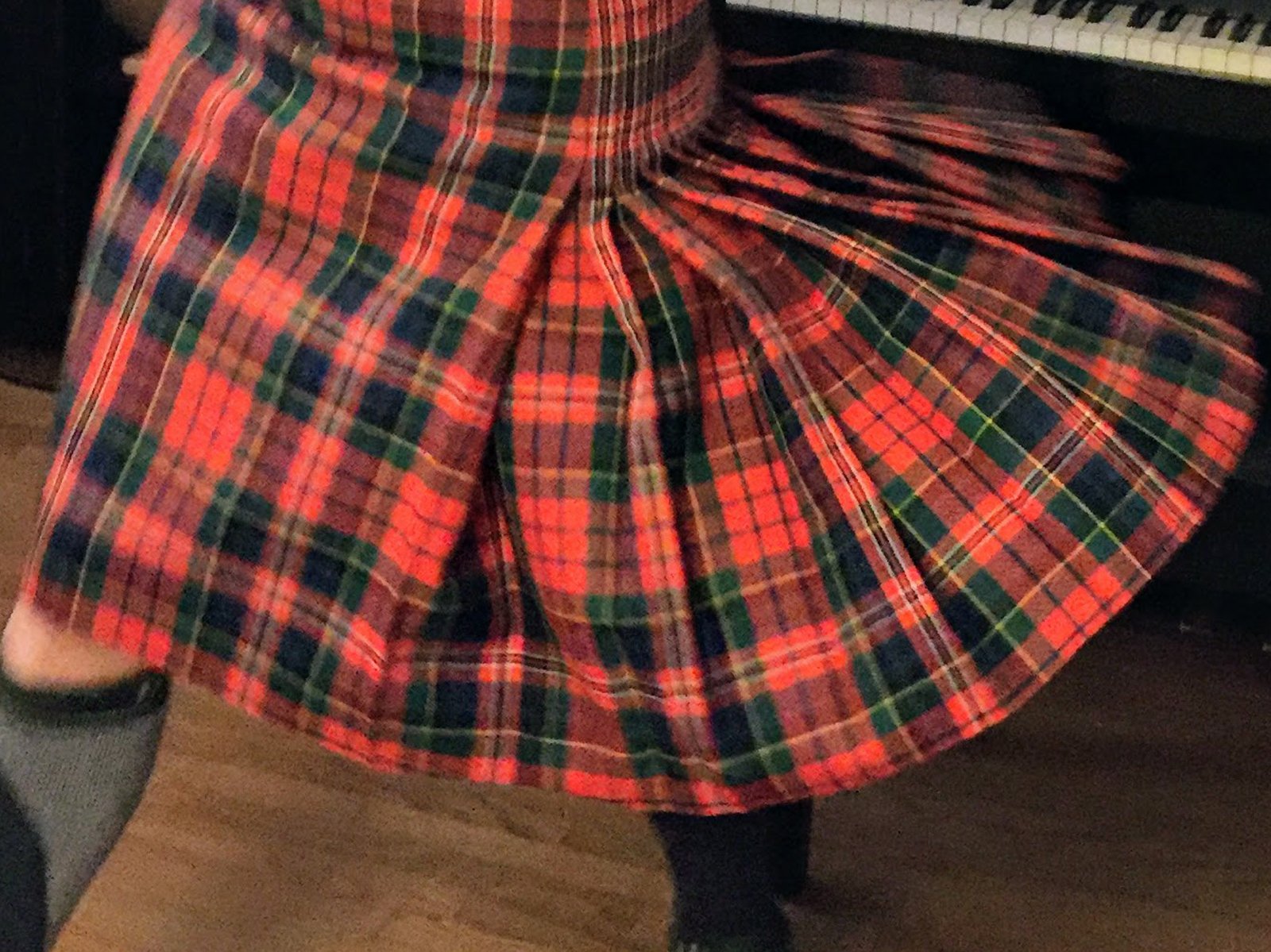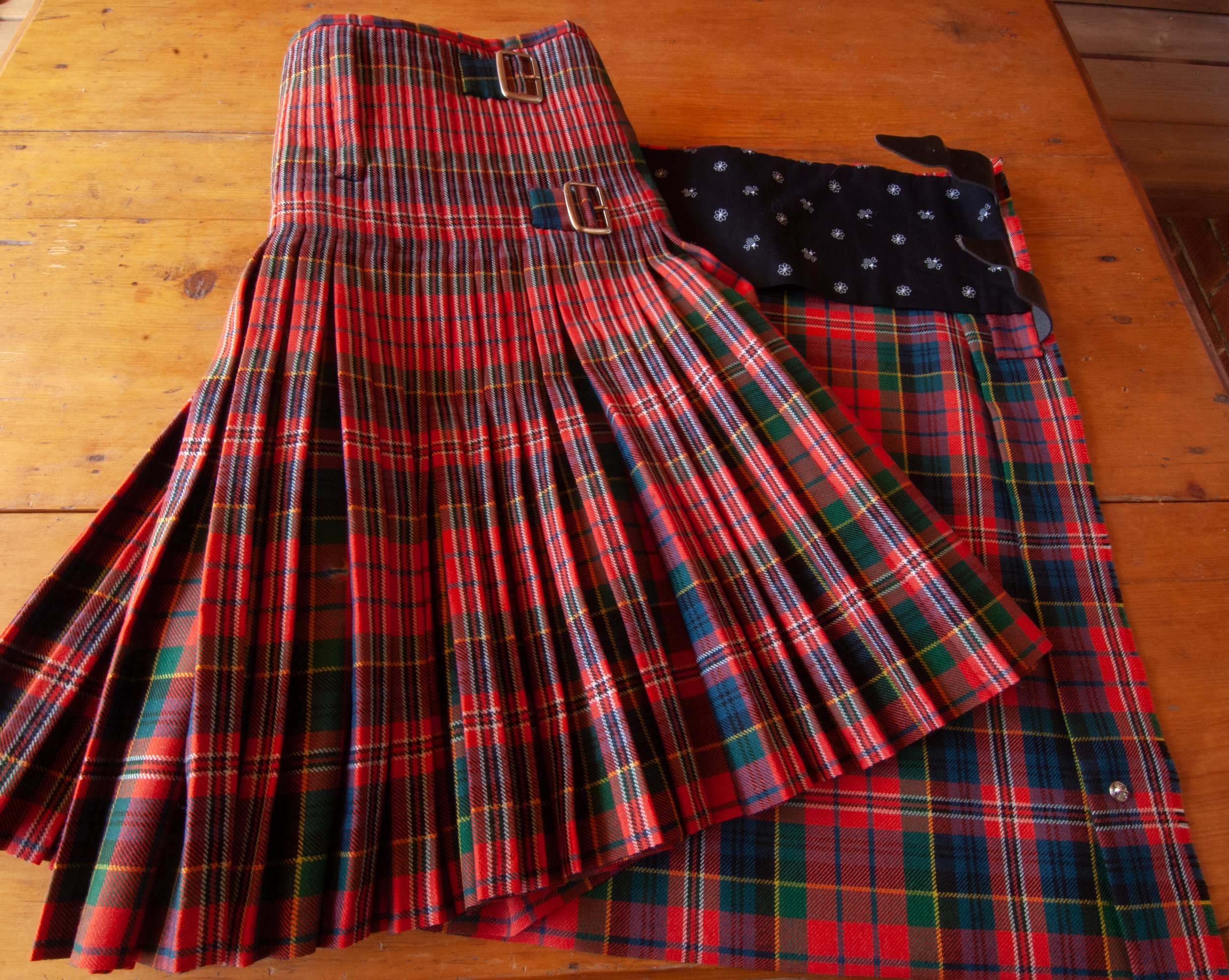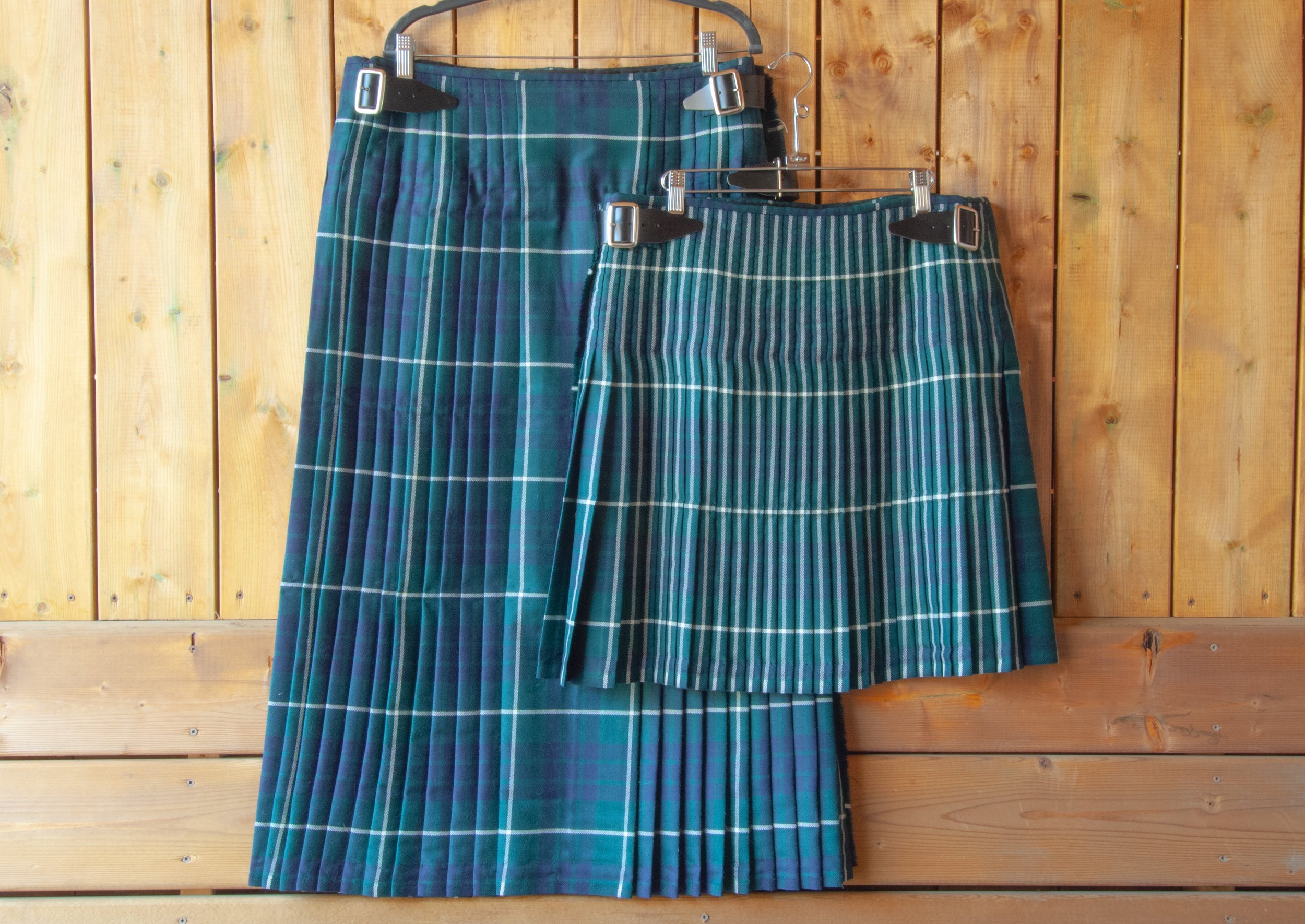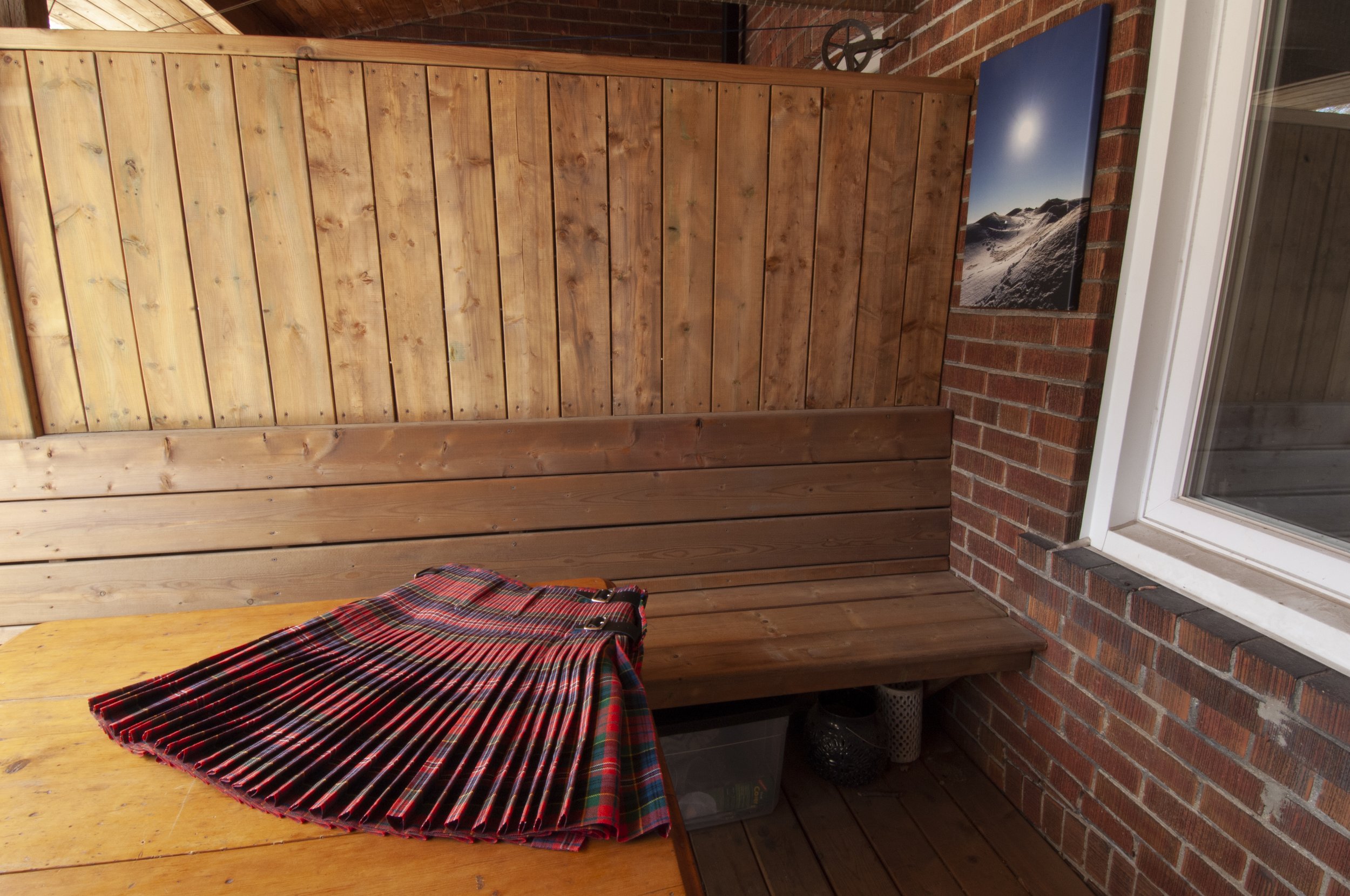House of Cassady
Toronto, Ontario
Studio: How would you describe your approach to your medium? What made you choose it?
Robin Cassady-Cain: My path to becoming a kiltmaker has been a rather meandering one. My grandmother and mother both were raised to make their own garments, and were big sewers as well as being proficient with knitting and crochet, and they passed on those skills to me. So, I’ve worked with textiles since I was pretty young (one of my early memories is learning to sew Barbie clothes on my little hand crank Singer sewing machine), starting with garment sewing, and moving on to wet- and needle-felting, patchwork and quilting and finally kiltmaking. Also being academically minded from a fairly early age, I trained to doctorate level in immunology and had an active research career until about four years ago, largely in the UK. A major life event led me to reconsider whether I wanted to come home to Toronto, which I ultimately did. Having made the decision to move, I considered where I wanted my career to take me. Given my art and craft leanings, I considered the areas that I could develop skills that particularly spoke to me, and where I felt I could create a niche for myself in. Being in Edinburgh, and having a newly rediscovered love of hand sewing, I chose to train as a kiltmaker, enhancing the dressmaking skills that I already possessed. I trained through a prominent Royal Mile Kiltmakers in Edinburgh for about half a year, then went on to assist with teaching the next cohort after mine, gaining a good grounding in the fundamentals, and understanding the structure, history and story of the kilt.
Traditional Scottish Kiltmaking has been undergoing something of a resurgence in the past decade or so. Almost entirely handsewn, each kilt takes upwards of 6 yards of cloth and 15-20 hours of work. I love the mechanics of it, as well as the attention to detail that is required. As each piece is bespoke and made to specific measurements and tartan (or not!), there is an endless variety of textiles, which means I never find it boring. The art and creativity in kiltmaking is a subtle one, but tremendously satisfying.
S: How would you describe yourself, personally and professionally?
RCC: I would say that I am technically minded, with a creative twist. I have very eclectic tastes which is somewhat then reflected in my art and practice. I have respect for traditional methods, but strive to bring my own experience to refine those methods and to apply my own creative tendencies to them.





S: What inspires you?
RCC: This is a tough one for me. I find inspiration in so many places. I find a boost through interactions with other kiltmakers around the world, but because of my science background, and my work as a goldsmith (which is the other art and craft activity I engage in), I find inspiration in observing the world around me (everything from landscape, wildlife, to architecture and the cellular microcosm!), and interacting with art and other artists in general. I take joy in every piece that I complete, and seeing my work worn by others brings a deep satisfaction that spurs me on to create more.
S: What do you see as your contribution to the field of your craft?
RCC: As a kiltmaker, I’m still at the relative beginning of my journey. I haven’t strayed much from the path of tradition, and I make finely crafted garments. Each one is a labour of time and painstaking effort, a true heirloom, made of pure wool tartan or tweed, that if treated correctly, can last more than a lifetime. Feeling rooted in the traditions of kiltmaking, I’ve started thinking about how I can apply my own particular creativity to them, while staying within the technical bounds of the craft. My hope is that I will be known for this in the future. I also hope to leave a legacy of lasting and skilled craftsmanship in this area through the dissemination of how to make this traditional garment to young kiltmakers.
S: What wisdom do you want to impart to younger makers?
RCC: Be a sponge: Observe your surroundings, keep an open mind- you never know where you’ll find inspiration or learn something new.
Learn from those with more experience than you (there’s no need to reinvent the wheel!), and then find what works for you.
Learn at least one new skill a year, and step out of your comfort zone-make something that pushes your creative boundaries and skillset.
House of Cassady
w: houseofcassady.ca
ig: @hocassady_jewellery_and_kilts
fb: @hocassady
This article was published in the Fall/Winter 2021 issue of Studio Magazine.





